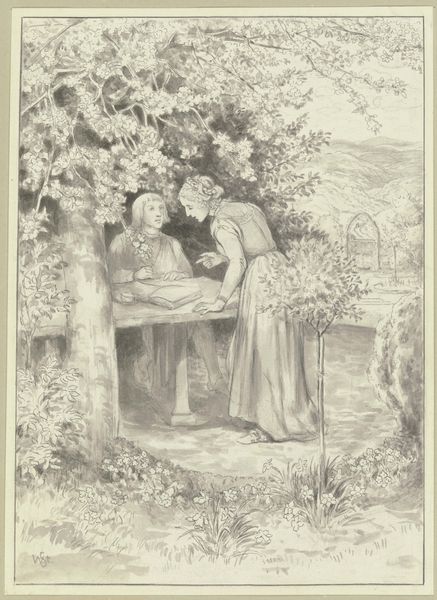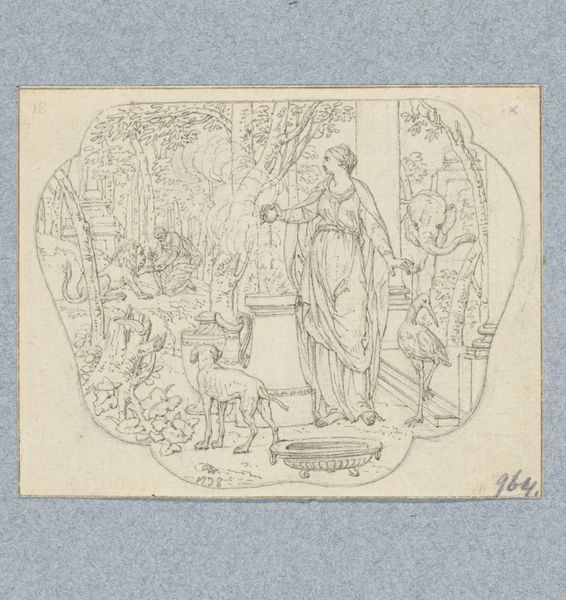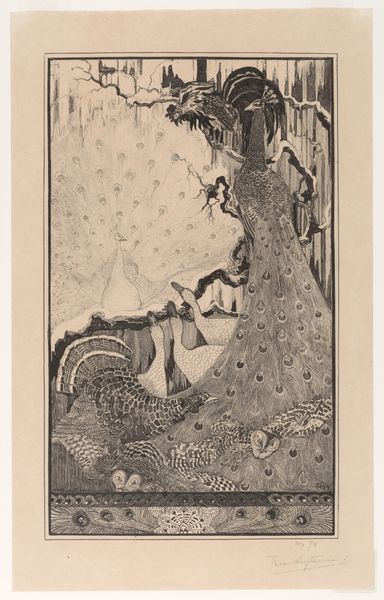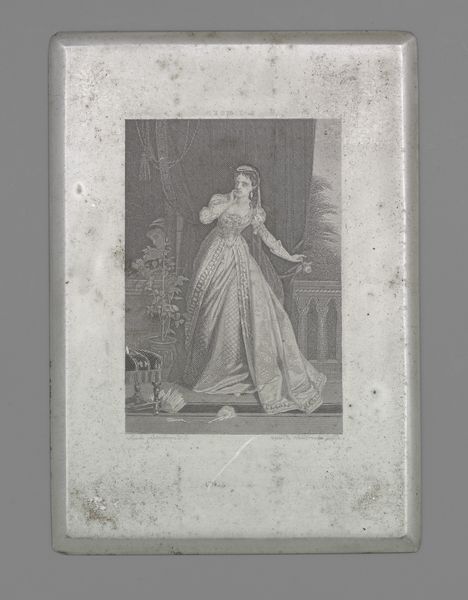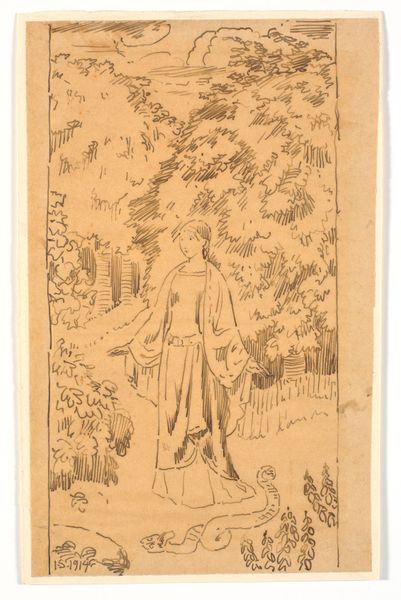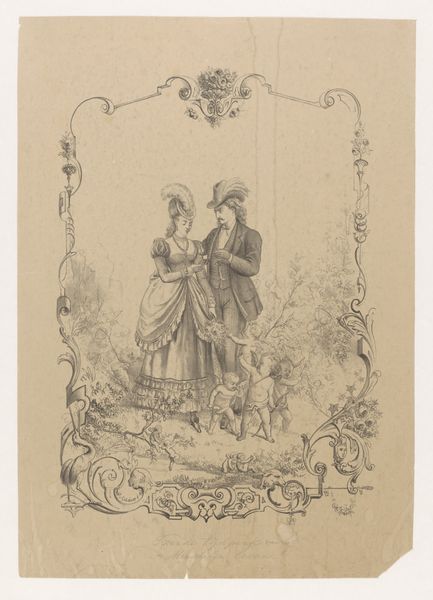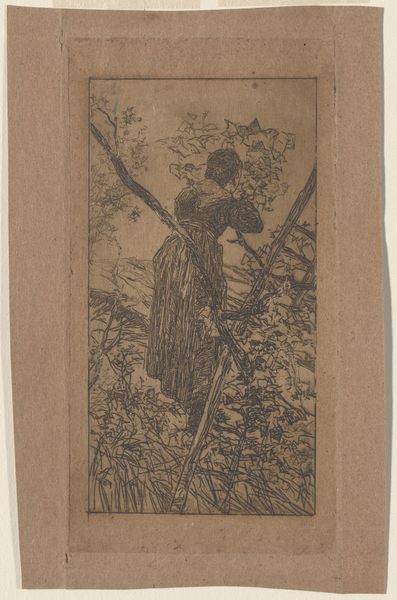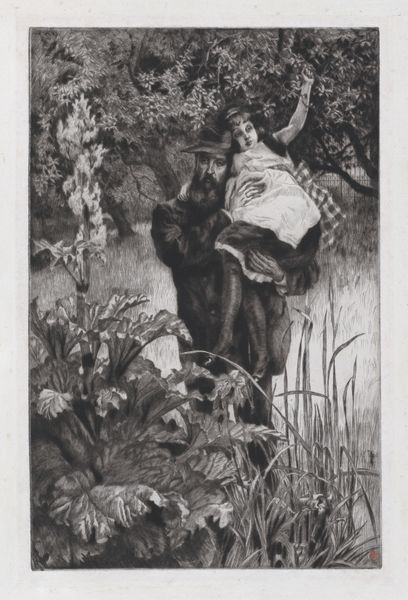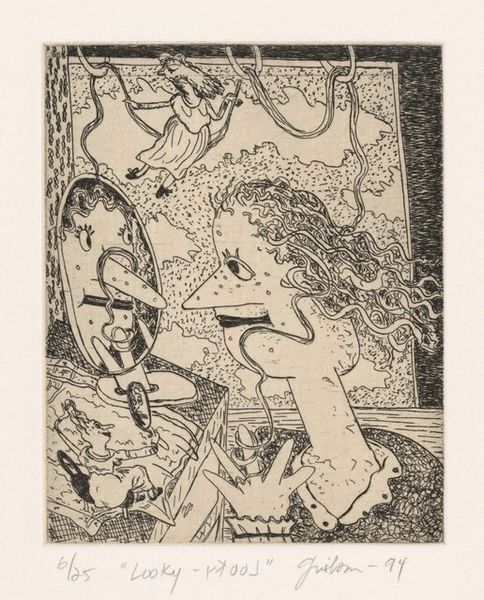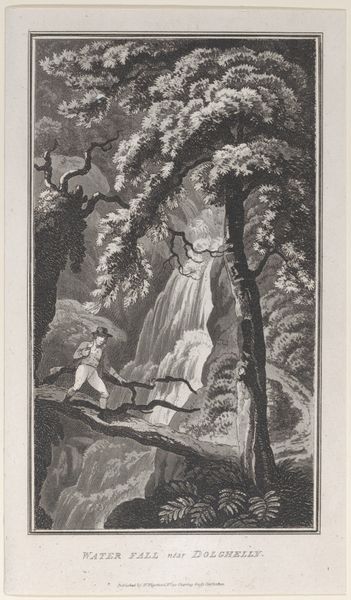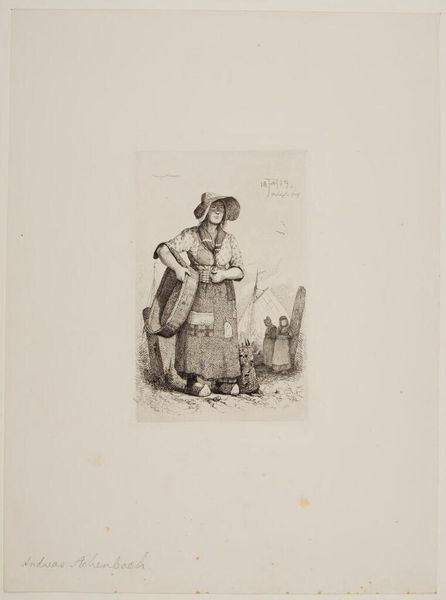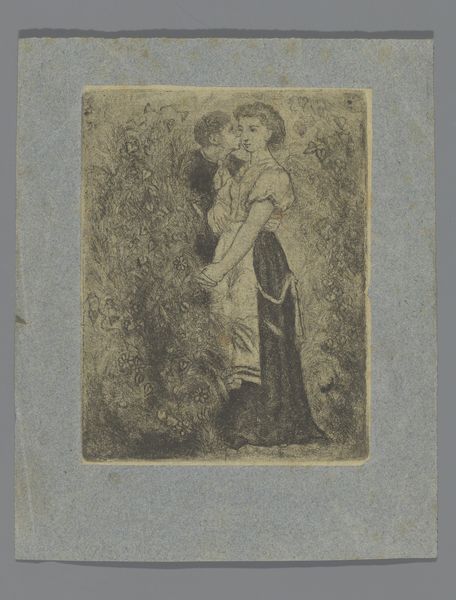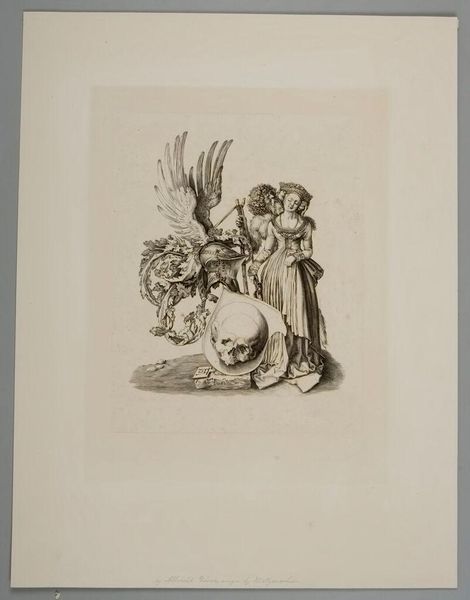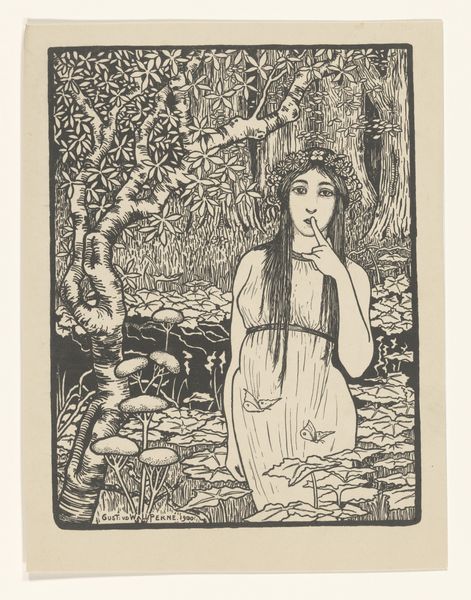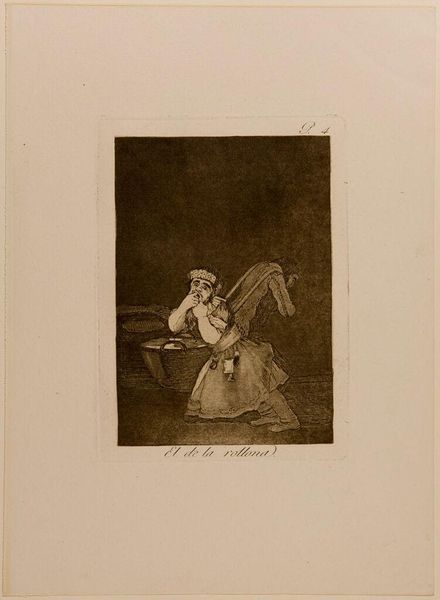
ceramic, porcelain, sculpture
#
baroque
#
ceramic
#
bird
#
porcelain
#
figuration
#
culinary art
#
sculpture
#
orientalism
Dimensions: Height: 5 15/16 in. (15.1 cm)
Copyright: Public Domain
Curator: Let's take a closer look at this exquisite tankard. Dating back to the 18th century, this piece was crafted by the Meissen Manufactory and resides here at the Metropolitan Museum of Art. Made of porcelain, it's a stunning example of baroque style blended with what was then considered "orientalism." Editor: Whoa, it's intense! So dark, almost gothic. And then these figures pop out like ghosts, locked in some strange little drama. What's going on there? It's like a porcelain fever dream. Curator: It’s precisely this dramatic contrast that captures the essence of the era's fascination with the "exotic" Orient. European porcelain manufactories, like Meissen, frequently produced pieces featuring stylized depictions of Asian figures and motifs. This speaks to a broader colonial gaze and the artistic interpretation of "the other." Editor: I see what you mean, though it makes me a little uneasy. These figures are...almost cartoonish. But the detail is incredible, especially on the lid! It makes you wonder, who was drinking out of this thing? Some wealthy person completely removed from the reality they're romanticizing? Curator: That's the crux of it, isn't it? This tankard served as a status symbol. Drinking vessels like these showcased wealth and, more problematically, a skewed understanding of Asian cultures, reducing them to decorative elements within European aristocratic life. It's about power, trade, and a visual assertion of cultural dominance. Editor: And it all plays out on a beer mug! It’s like a tiny, delicate stage for a messy history. I wonder if those making it were aware of these issues at the time? Did they laugh, or wince, as they meticulously added each flower and strange little man? Curator: Undoubtedly, levels of awareness varied. Some artisans were simply executing commissions. Yet, others may have understood, on some level, the inherent power dynamics at play in producing these types of pieces, meant to please a wealthy European clientele keen to demonstrate their worldly understanding through owning luxury objects. Editor: It's incredible how much this tankard reveals, not just about craft and style, but also about the tangled politics of the 18th century. Kinda makes you rethink wanting a drink from it, though it is one striking object! Curator: Absolutely, that’s the value of confronting these objects head-on—acknowledging the craftsmanship, the historical context, and also the implications behind their creation and use. This allows for a more complete, and ultimately, a more meaningful interaction with the past.
Comments
No comments
Be the first to comment and join the conversation on the ultimate creative platform.
